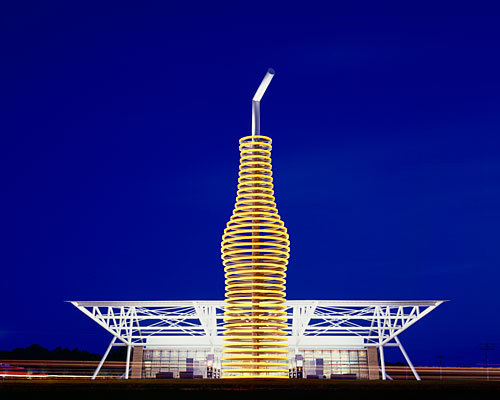A presentation on soft infrastructure at the Lift 09 conference.
The street as platform - a brilliant essay on streets and technology.
The way the street feels may soon be defined by what cannot be seen with the naked eye.
Imagine film of a normal street right now, a relatively busy crossroads at 9AM taken from a vantage point high above the street, looking down at an angle as if from a CCTV camera. We can see several buildings, a dozen cars, and quite a few people, pavements dotted with street furniture.
Freeze the frame, and scrub the film backwards and forwards a little, observing the physical activity on the street. But what can’t we see?
